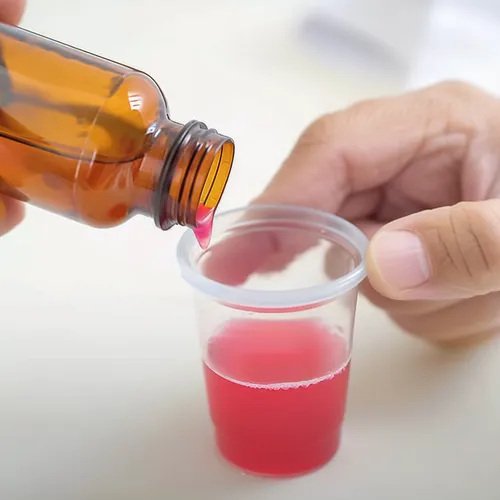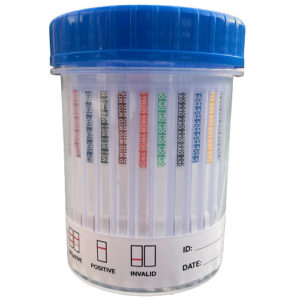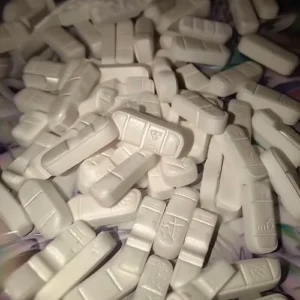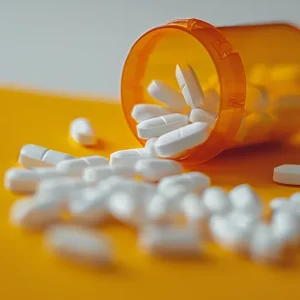Methadone is a drug that belongs to the family of drugs called opioids. This group of drugs are often referred to a depressant drugs as they slow messages which travel from the brain to the rest of the body.
In the 1960’s it was discovered by two chemists in New York, Vincent Dole and Marie Nyswander, that regular use of methadone can work as a reliable treatment for opioid addiction. Since then, the drug has been adopted as an aid to those people who are addicted to other drugs in the same group of opioid drugs, namely heroin, morphine and codeine.
How Does Methadone Work?
For those that are addicted to opiods, taking Methadone every day can eliminate physical withdrawal symptoms. The drug also helps to control the cravings for opioids and, for those that do use opioids, it will also neutralise the high effect from opioid abuse.
What Does Methadone Look Like?
Methadone, when prescribed by a doctor for heroin withdrawal, is normally a red or green liquid which is swallowed. The drug can also be found in tablet form. It can also be injected.
What Are the Effects of Methadone?
The effects of Methadone can be felt quite rapidly and can last for hours.
Some effects include:
- Lowering of physical and psychological pain
- Body functions start to slow down
- A pleasurable, warm and relaxed feeling
- Lowered anxiety
- Slow pulse and shallow breathing
- Risk of fatal overdose.
Can You Get Addicted to Methadone?
The simple answer is yes. While methadone has been proven to be an effective way to manage opioid addiction, it is still an opioid and has the potential for misuse and abuse. Those who take methadone need to be aware of the potential for developing an addiction.
Methadone has similar effects to heroin and and, like heroin, it is also very addictive, particularly if you are using Methadone to get “high”. Regular use builds up tolerance to the drug meaning that you need to take more to achieve the same effects. Withdrawal can be difficult if stopped suddenly. However, methadone withdrawal starts more slowly and is less intense than withdrawal from heroin.
An individual becomes addicted to methadone when they become physically and/or psychologically dependent on the drug. In order to satisfy their addiction, they will find themselves needing to take increasingly higher doses of methadone in order to achieve the same effects they experienced initially.
Methadone addiction often involves accompanying health risks. Taking too much of the drug can lead to serious consequences such as respiratory problems, slowed heart rate, and lowered blood pressure. Additionally, a person’s tolerance to opioid-based medications increases over time, making it difficult for them to reduce their dosage without experiencing the symptoms of opioid withdrawal.
The best way to avoid addiction to methadone is for those who are prescribed the medication to follow their doctor’s instructions explicitly. This includes taking the medication as prescribed and never using it for any recreational or non-prescription purposes. If taken under the direct supervision of a medical professional, the chances of addiction are significantly lower.
The key to preventing methadone addiction is to be mindful of the impact it can have on the body. People should always follow their doctor’s instructions and take their medication exactly as prescribed. Additionally, individuals should seek out addiction support services if they begin to feel the effects of physical or psychological dependence. Taking the necessary steps to prevent addiction to methadone can drastically reduce the chances of it occurring.
How Long Does Methadone Stay in Your System?

It usually only takes 2 weeks for methadone to get out of your system, but traces of the drug can be detected for longer periods. This will depend on the kind of drug test used. Law enforcement officials, addiction treatment programs, employers, athletic organizations, etc. could request methadone drug tests.
Standard drug tests detect opioids like codeine, heroin and morphine, but they don’t detect methadone. As a result, more specific and expensive drug tests are required if methadone is the drug being screened for. Various urine, saliva, hair, and blood tests have been created to detect methadone in the body.
- Urine Drug Tests: The most common test for detecting methadone is a urine test. The timeframe for detecting methadone using a urine test ranges from 1 hour to 2 weeks after the last intake. Urine tests are the preferred option for methadone testing since it is easy to administer, comparatively cheap, easy to administer and the detection period is relatively long.
- Saliva Drug Tests: These are a non-invasive and convenient way for methadone testing. In as little as 30 minutes after ingestion, a trace of methadone is detectable in saliva and is detectable for a few days after last use.
- Hair Drug Test: Over time, this method is the best for methadone testing. A long-time user will have trace amounts of methadone in their hair. New methadone users could take a couple of weeks before methadone is detectable in their hair. Hair tests are useful for uncovering long-term methadone users since trace amounts of the drug will stay in the hair for months following the last ingestion.
- Blood Test: In less than 30 minutes following last use, methadone is detectable in the blood and it is detectable for a few days. Blood tests are very accurate, but they are also invasive, costly and the detection period is comparatively short, therefore, it is not often used for methadone testing.
Methadone and the Law
In the UK, methadone has been classified as a Class A drug under the Misuse of Drugs Act. Unless you are under medical treatment, it is illegal to have, sell or give away the drug. Possession of methadone can get you up to seven years in jail. You are not permitted to drive a car whilst receiving methadone treatment unless you receive permission from the DVLA following medical consultation.
Is There a Methadone Drugs Test?
Yes – a urine drug test for Methadone can be purchased from Zoom Testing. Various multi-panel drug tests are also available that will detect methadone at the same time as other drugs of abuse.
Many saliva drug tests for methadone exist, including the 7 panel classic drug screen and the 8 panel saliva drug test with integrated cup.
Detecting Methadone with an 18 Panel Urine Drug Test
Methadone is one of the many substances that can be detected with the comprehensive 18 Panel Drug Test with Integrated Cup from Zoom Testing. This cutting-edge urine drug test kit not only identifies methadone but also screens for a wide range of drugs, including the ever-present concerns of cannabis, cocaine, and amphetamines. Furthermore, it detects the presence of substances like fentanyl, a potent synthetic opioid that has been a major contributor to the opioid crisis, and benzodiazepines, a class of drugs commonly prescribed for anxiety and insomnia but also prone to abuse.
What sets this drug test apart is its convenience and reliability. With its integrated cup design and temperature test strip, the 18 Panel Drug Test eliminates the need for messy handling and ensures sample integrity. Zoom Testing, a leading UK drug testing expert, has meticulously crafted this kit to provide accurate results within minutes, making it an invaluable tool for employers, healthcare providers, and anyone seeking comprehensive drug screening.
The breadth of substances covered by this test underscores the importance of vigilance in addressing substance abuse across various sectors. By offering a comprehensive solution that screens for a vast array of drugs, Zoom Testing empowers organizations and individuals to make informed decisions and promote a safer, healthier environment.
Photo: “Methadone Drug Testing” by Anthony Cunningham for Zoom Testing
Zoom Testing is a leading UK drug testing company and a supplier of Drug Test Kits.
You May Also Like:






